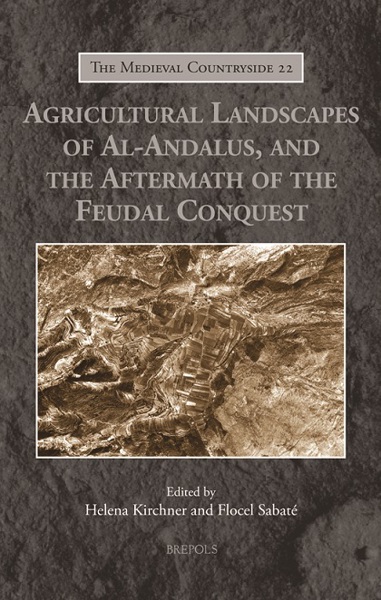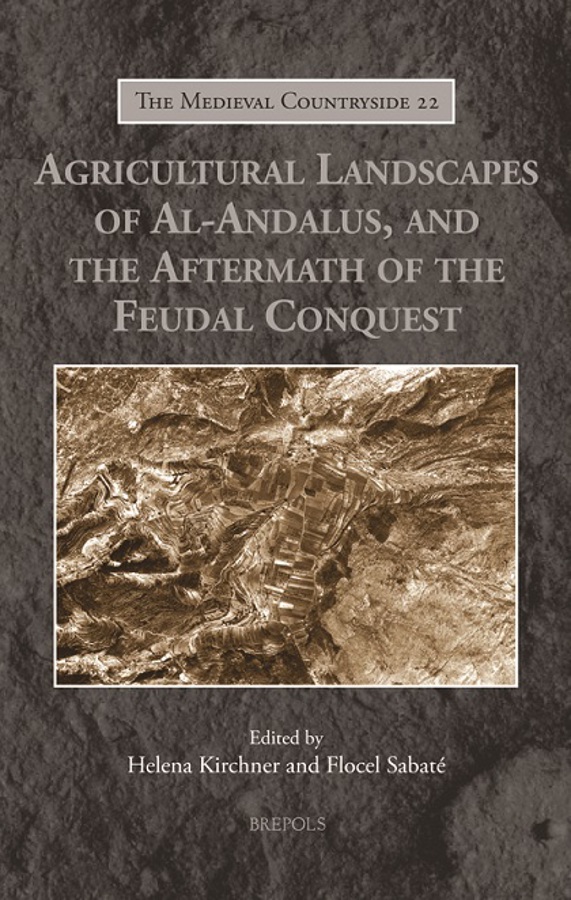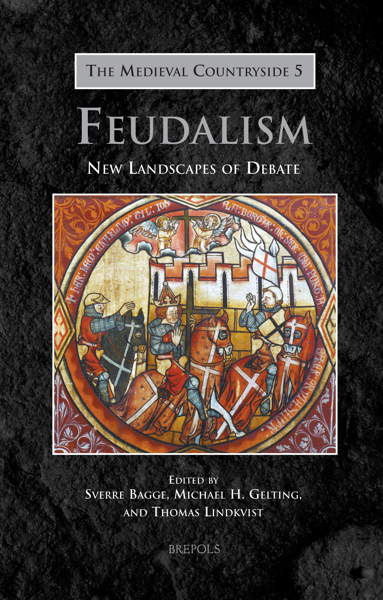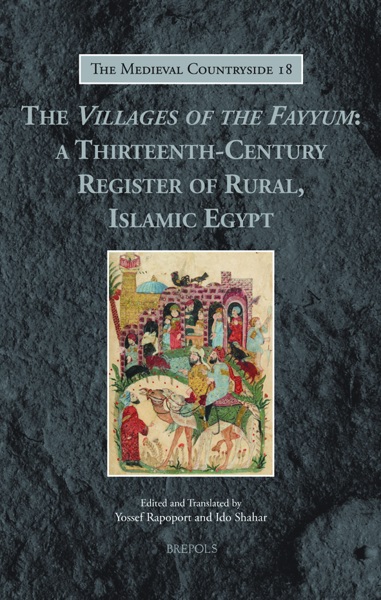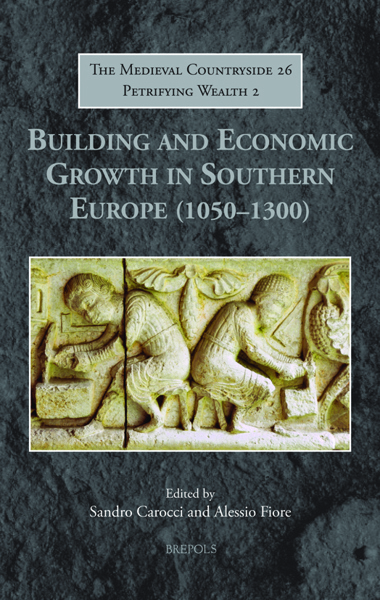
Agricultural Landscapes of Al-Andalus, and the Aftermath of the Feudal Conquest
Helena Kirchner, Flocel Sabaté (eds)
- Pages: 277 p.
- Size:156 x 234 mm
- Illustrations:22 b/w, 8 tables b/w., 40 maps b/w, 4 maps color, 40 maps (36 b&w, 4 colour)
- Language(s):English
- Publication Year:2022
- € 80,00 EXCL. VAT RETAIL PRICE
- ISBN: 978-2-503-59397-5
- Hardback
- Available
- € 80,00 EXCL. VAT RETAIL PRICE
- ISBN: 978-2-503-59398-2
- E-book
- Available
Brings together significant, recent research on agricultural systems in al-Andalus, undertaken from an archaeological perspective, with particular reference to irrigated and drained areas, dry agriculture field systems, and pasturelands.
« (…) un ouvrage dense et riche, fort bien documenté, qui reconsidère de manière novatrice et efficace les liens entre cultures irriguées et cultures sèches, entre cultures irriguées et élevage, et qui vient nourrir un dossier encore bien maigre, celui des liens entre les villes d’al- Andalus et leurs espaces agraires. » (Christine Mazzoli-Guintard, dans Histoire et Sociétés Rurales, 57/1, 2022, p. 171.)
“In summary, this impressive collection of studies, supported by well-chosen figures, reflects a very lively and exciting stream of research, one profoundly connected to the cultural transformations that defined the multi-faith societies of medieval Iberia.” (ALEKS PLUSKOWSKI, in Medieval Archaeology, 67/1, 2023, p. 234)
“This volume brings together considerable research experience and expertise, pooling common interests in the archaeology of water control systems both to explore such systems and to investigate connections between documentary records and landscape archaeology. It offers interesting insights that will help scholars better understand both the agricultural and pastoral histories of Al-Andalus and the potential and limitations of hydraulic archaeology as an investigative mechanism (…) Framed by the potential of hydraulic archaeology, with every constituent chapter highlighting the usefulness of integrated methodologies and adding substantively to regional histories and larger questions about economic structures, origins, and maintenance, this is that rare kind of edited volume where chapters flow from one to the next and will very likely fertilise adjacent fields.” (Nicholas D. Brodie, in Parergon, 40/2, 2023, p. 230-32)
Helena Kirchner is Professor of Medieval History and Archaeology and a member of the research group Agrarian Archaeology of the Middle Ages (2017SGR1073) at the Universitat Autònoma de Barcelona.
Flocel Sabbate Curul is a Professor of Medieval History at the University of Lleida.
This volume presents recent archaeological research on the agriculture and society of al-Andalus during the Middle Ages, especially from the perspective of ‘hydraulic archaeology’ — an avenue of research developed by Spanish researchers which focuses on the analysis of irrigation systems created by Islamic colonists from the eighth century onwards. More recently, this research perspective has incorporated the analysis of other agricultural systems, such as dryland agriculture and pasturelands. All of these agricultural regimes are complementary in peasant-led subsistence agricultural systems. From a methodological perspective, this archaeological approach is highly innovative, and uses a wide range of techniques (aerial photography, cartographical analysis, field survey, archival research, and archaeological excavation) in order to outline the size and boundaries of cultivation and grazing areas, to define specific plots of land and the related road networks, and to identify other associated facilities, such as watermills.
In connection with these topics, several issues are discussed: the earmarking of rural or urban farming areas for irrigation, draining, or dryland agriculture; the process of construction and the subsequent evolution of these farming areas; the transformations undergone by these areas after the feudal conquest; and, finally, the identification of pasturelands and the analysis of the evidence concerning their management.
Introduction. Research on Irrigation, Drainage, Dry Agriculture and Pastures in Al-Andalus — HELENA KIRCHNER
Peasant Irrigation Systems
Agrarian Spaces and the Network of Andalusi Settlements of Manacor (Mallorca) — EUGÈNIA SITJES
Watermills in Ibiza (Balearic Islands): A Documentary and Archaeological Case Study in Santa Eulàlia des Riu — ANTONI FERRER, HELENA KIRCHNER
Morphology of Irrigated Spaces in Late Medieval Mudejar Settlements: The Canal of Lorca (Riba-roja de Turia, Valencia) — ENRIC GUINOT
Urban Irrigated Areas
Searching for the Origin: A New Interpretation for the Horta of Valencia in Times of Al-Andalus — FERRAN ESQUILACHE
Drainage and Irrigation Systems in Madīna Ṭurṭūša (Tortosa, Spain) (8th-12th Centuries) — HELENA KIRCHNER, ARNALD PUY, ANTONI VIRGILI
Dry Farming and Pasturelands
On Dry Farming in al-Andalus — FÈLIX RETAMERO
On the Problem of Andalusi Dry Farming: Aialt (Castell de Castells), a Qarya with no Irrigation System in the Mountains of Valencia — JOSEP TORRÓ
Deciphering Islamic Landscape in the Eastern Ebro Valley: Almunias and Livestock — JESÚS BRUFAL
Irrigated Pasturelands in Mountain Ranges in the South-East Of the Iberian Peninsula — ANTONIO MALPICA, SONIA VILLAR, GUILLERMO GARCÍA-CONTRERAS
